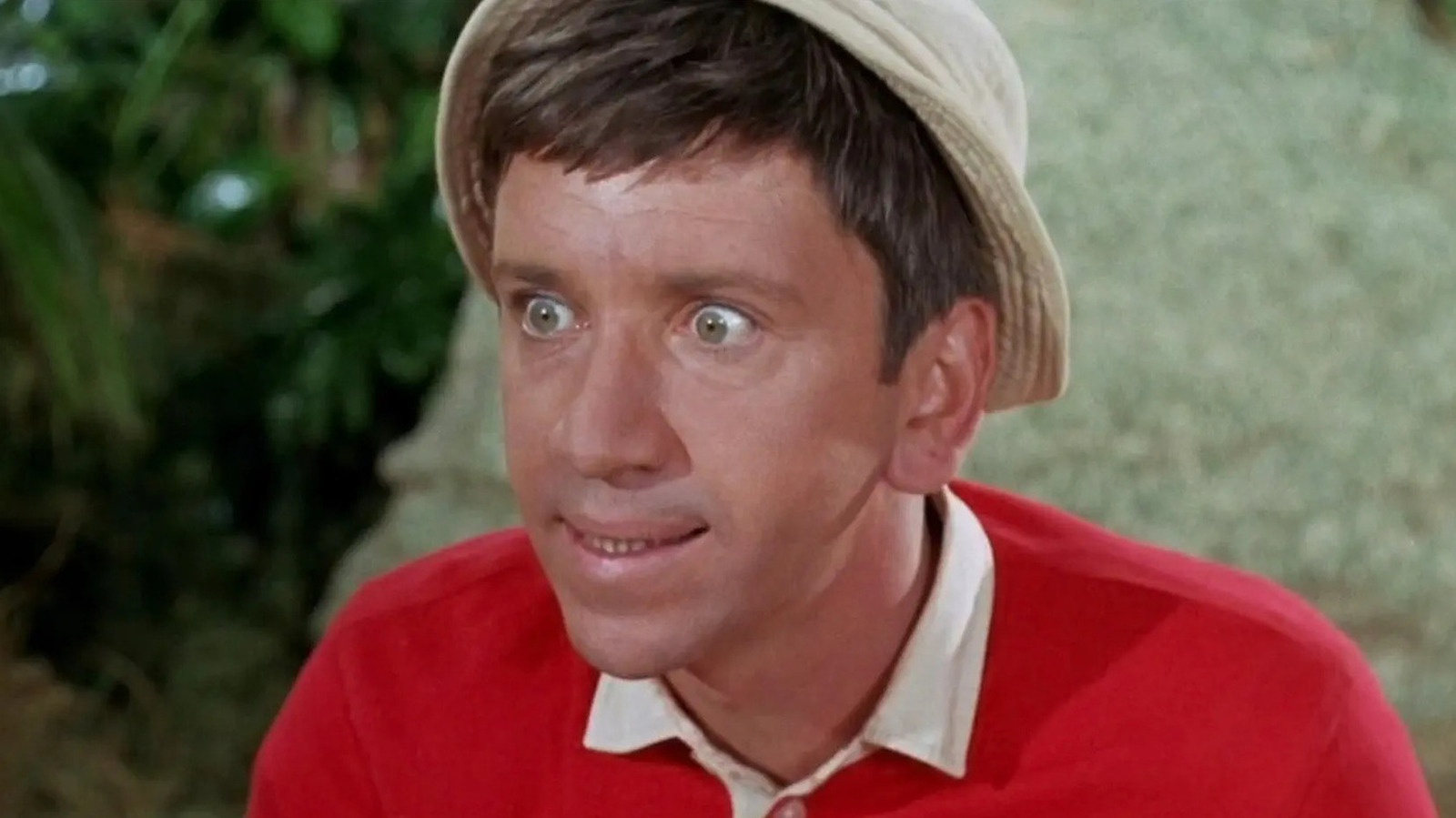Gilligan Meets Jungle Boy (Season 1, episode 19)
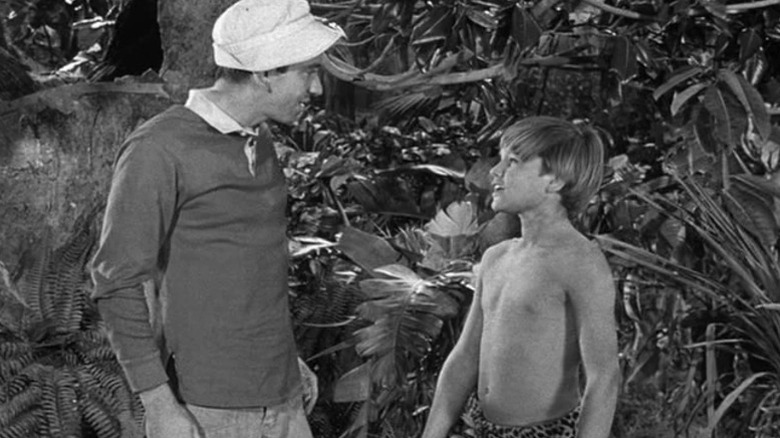
CBS
To me, at least, “Gilligan’s Island” fully comes to its own around season 2, when it started shooting in color. However, the sitcom is no slouch during its first season, either — on the contrary, it establishes its iconic story beats very early on. As such, while many of the very best episodes came later, it’s only fitting to include a sample of what captivated the audiences in season 1. Episode 19, “Gilligan Meets Jungle Boy,” is the perfect choice for this purpose. It’s a fun example of the “stranger on the island” story that the show used a number of times, centering around a wild kid whom the castaways connect with as they plan a daring balloon escape.
Anyone who’s even cursorily familiar with “Gilligan’s Island” knows that neither the boy nor the balloon are seen again after this, but the cunning way the episode works its way toward its inevitable conclusion is great fun, and an excellent example of how well the show can spin and stretch the plot within its self-imposed limitations. The episode, as it happens, is also a great example of the show’s tendency to spice things up with fun guest stars — and with a somewhat more fascinating name than usual, considering the fact that Jungle Boy is played by none other than young Kurt Russell.
Ghost a Go-Go (season 2, episode 27)
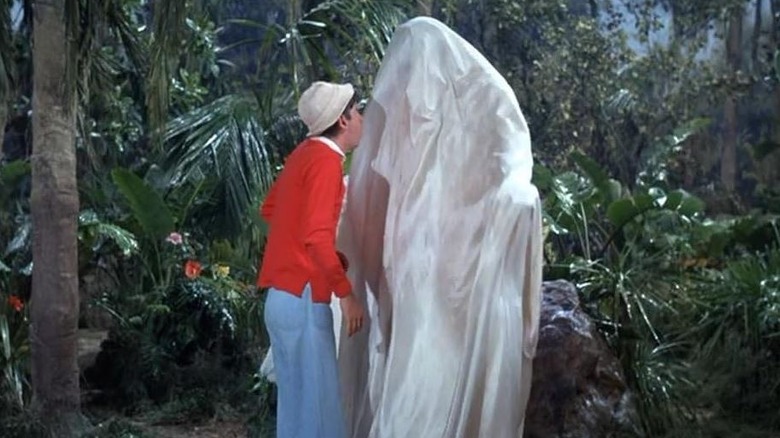
CBS
“Gilligan’s Island” is a show that embraces fantasy, or at the very least is often utterly unwilling to explain its more peculiar story elements. The remote island the castaways are stuck on is a hot spot for visitors, strange government experiments that keep washing ashore, and weird natural phenomena. When all of this is filtered through the show’s signature brand of goofball comedy, the overall effect is not unlike a Hanna-Barbera cartoon set on the island from “Lost.” As such, it’s fun to see “Gilligan’s Island” embrace its inner cartoonishness by going full “Scooby-Doo” (albeit preceding the first episode of “Scooby Doo, Where Are You!” by several years) in the season 2 episode “Ghost a Go-Go.”
“Ghost a Go-Go” revolves around the delicious prospect that the island is haunted. Its evil spirits manifest in the form of a large, ominous ghost who wants the castaways to leave — which, of course, is something they’d very much like to do but lack the means. Shenanigans ensue, and without going into spoilers, it turns out that there are surprisingly many white sheets on the island.
Despite its characteristically goofy antics, “Ghost a Go-Go” is a good example of how high the stakes on the show can be. It puts the entire cast of characters in considerable physical peril, and underlines the threat by featuring the towering Richard Kiel (best known as Jaws from the James Bond movies “The Spy Who Loved Me” and “Moonraker”) as the episode’s villain.
Don’t Bug the Mosquitoes (season 2, episode 12)
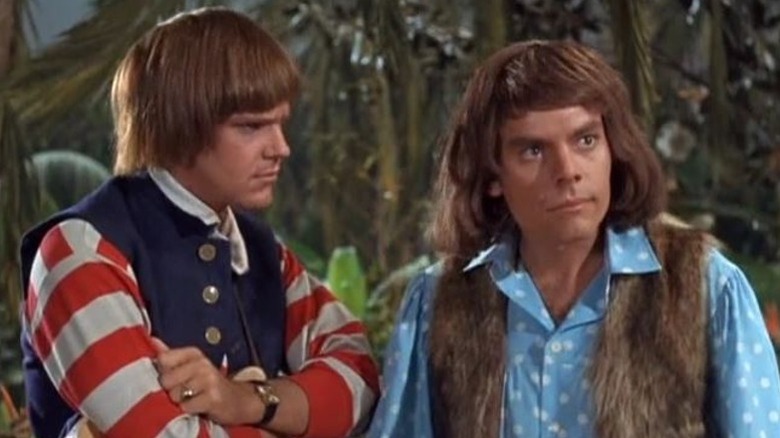
CBS
“The Monkees” TV show is the best-known small screen series to ride the Beatlemania wave by featuring a Beatles expy group, but “Gilligan’s Island” got there before Micky Dolenz and company made their TV debut in September 1966 … and with one of the show’s best episodes, no less. In my book, “Don’t Bug the Mosquitoes” is the single best version of the typical “Gilligan’s Island” story arc of introducing newcomers to the island and having the castaways utterly fail their quest to ride the guest stars’ coat tails to safety.
“Don’t Bug the Mosquitoes,” which first aired on December 9, 1965, revolves around the barely-veiled Beatles parody The Mosquitoes (George Patterson, Les Brown Jr., Ed Wade, and Kirby Johnson of The Wellingtons), who have grown weary of constant attention and have decided to take a month-long retreat on the island. While their ride out would provide the main characters their much-awaited escape, the castaways decide that a month is far too long to wait. Various hijinks and a very peculiar battle of the bands follow, and the fact that this isn’t the final “Gilligan’s Island” episode is a clue of how well the whole “leaving the island with the band” thing ends up working.
Apart from being one of the strongest “Gilligan’s Island” episodes in its own right, “Don’t Bug the Mosquitoes” sneaks in plenty of fun commentary of the Beatles phenomenon, perhaps best exemplified by Mrs. Howell’s (Natalie Schafer) spirited attempts to cut the band members’ hair — a fun nod at the media’s extreme focus on the Beatles’ mop-top haircuts during their 1964 U.S. tour. The Mosquitoes’ island vacation also ended up being surprisingly prescient: In 1968, the Beatles themselves attempted a spiritual recharge with a retreat to India.
Pass the Vegetables, Please (season 3, episode 3)
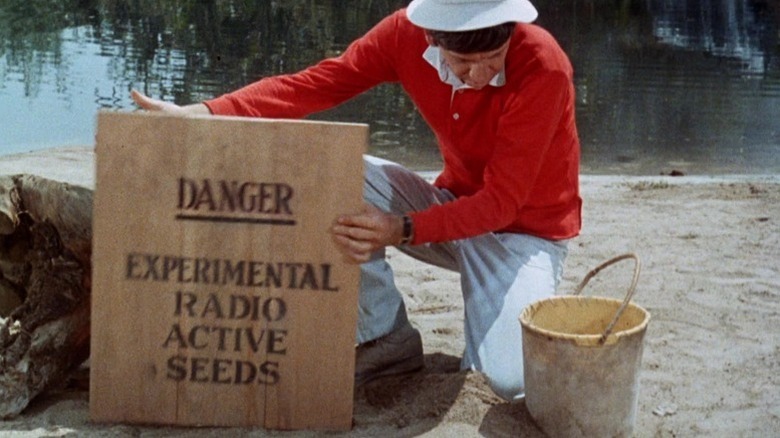
CBS
Season 3 standout “Pass the Vegetables, Please” is a superhero parody decades before superhero parodies were a pop culture staple. It’s also a perfect example of the “Gilligan’s Island” format of introducing a status quo-breaking element in the island’s daily life, and manages to distill the show’s core delights into such an efficient package that IMDb users deservedly consider it the best episode of “Gilligan’s Island.”
“Pass the Vegetables, Please” is, in many ways, a perfect episode of the show. It starts with some quality bickering between Gilligan and Skipper, deftly introduces the foreign element of the episode — a box of experimental radioactive seeds that Gilligan comes across and the group unwittingly plants — and allows the viewer to kick back while watching how far the show dares to push the envelope before the inevitable status quo reset.
What makes the episode so special is that it never, ever stops taking things just that little bit further than you’d expect. A less absurdist comedy could milk the visual gags of the fast-growing crop yielding unnerving-looking carrots and circular corn for an entire episode. “Gilligan’s Island” presses on. It gives the characters who eat the vegetables superpowers and takes its sweet time to revel in the various visual gags this allows before casually revealing to characters that the radiation they just ate is quite deadly. Despite all the silliness, there’s also a crumb of sadness hiding at the story’s heart: The delight the castaways show at the prospect of adding some vegetables in their diet is a grim reminder of just how dire the day-to-day circumstances on their paradise island can be.
And Then There Were None (season 3, episode 13)
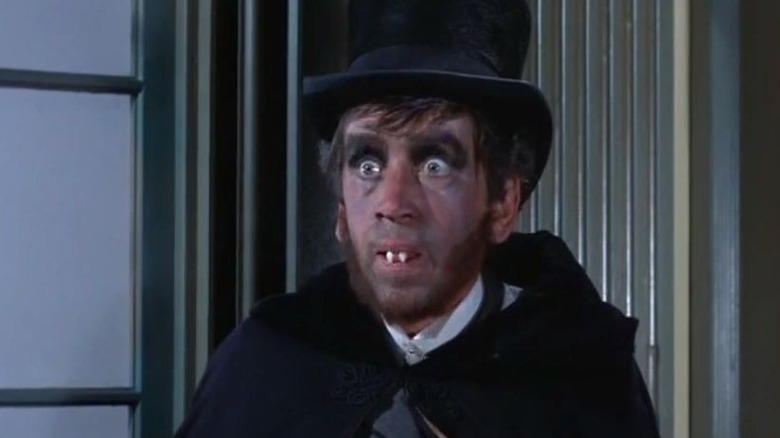
CBS
Many of the more fantastic “Gilligan’s Island” episodes are essentially horror movie premises that just happen to take place in a family-friendly sitcom setting. “And Then There Were None” is a particularly good example of the terrors the show’s various predicaments imply, to the point that it genuinely floats the idea that one of the characters is a serial killer.
The episode itself is your average “Gilligan’s Island” mystery of Mary Ann (Dawn Wells), Ginger (Tina Louise), and others disappearing one by one. However, what elevates “And Then There Were None” above and beyond the norm is the fantasy sequence that riffs on “Dr. Jekyll and Mr. Hyde,” with Gilligan — who has convinced himself that he might unknowingly have murdered his fellow castaways — knocking himself out and having a lengthy dream about his impending trial. Since this is still “Gilligan’s Island,” it’s all decidedly lighthearted … but it’s fun to see the show so casually admit and even temporarily embrace its vast horror potential.

